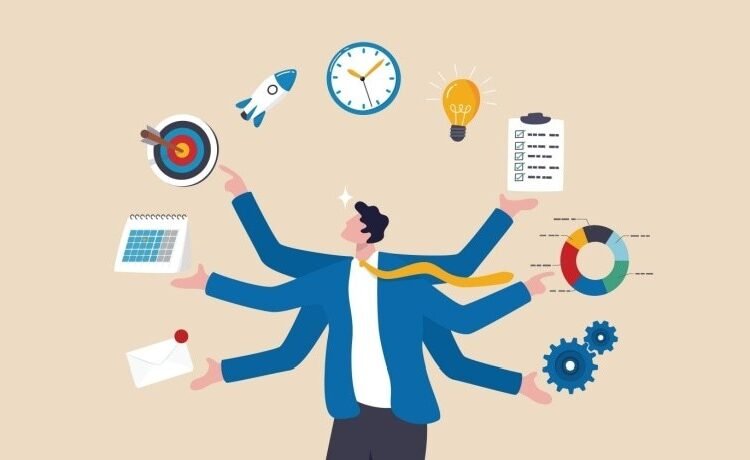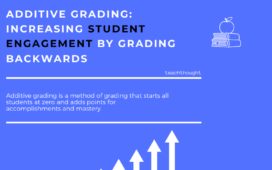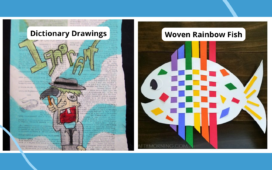
Efficiency For L&D Professionals
Do you work for a long time in the L&D field, but you still feel that your role and activities could be done better and more efficiently? Based on my experience and what I have noticed, I have created a few solutions that could improve your work efficiency or give you some suggestions for your current projects. The solutions given in this article for increasing efficiency for L&D are mostly related to Instructional Design, project management, and technical writing activities. Let’s begin!
Increase Efficiency For L&D Through Instructional Design
Instructional Design demands organization, creativity, and efficiency. Here are some solutions to increase work efficiency:
Voice-Overs
You can easily use new AI voice-over features or additional voice-over and text-to-speech tools. Until now, other tools for voice-overs had to be included after the authoring tool. Now, the new feature provides better quality than before and makes your life easier, as you can work with a single tool.
Videos
In terms of videos, if you need to create a professional video course or learning material, there could be a solution to improve your work efficiency by developing video courses. There are tools that provide you with almost everything you need to create professional video learning materials.
Rapid eLearning Development Tools/Solutions
- Shortcuts
Instructional Designers work quite a lot with authoring tools and having access to a few shortcuts that can simplify work can be a breath of fresh air that helps finish tasks at least 10-20 % earlier. - Captions
Usually eLearning courses require captions every time and there are tools to help you to import them directly to your authoring tool. - Transitions
If you need a few transition ideas or a template, you can find some ideas online to help you avoid creating the main slides and transition slides every time manually
Project Management: Organizing Workflows
Project management demands structure, organization, clarity, communication and efficiency. Here are some solutions to increase their work efficiency:
Project Timelines
A learning project manager mostly works with Instructional Designers, SMEs, maybe facilitators/trainers, depending on the project. Some of the most well-known methodologies used are ADDIE and SAM. Both of them can help you create and organize your timelines. ADDIE methodology has four phases: analyze with15% completion depending on the depth of analysis, design including another 30% completion, develop with another 35% completion, and implement including another 20% of completion. SAM methodology has three phases: preparation, iterative design, and iterative development.
Planning
Planning is also important, once the timeline is created and all the activities and owners are known. This helps to increase work efficiency based on all project activities and there are very useful tools to have a good tracking of the tasks as well as your team receiving reminders on their tasks to make sure everything is done on time.
Feedback
Both Instructional Designers and project managers need to provide feedback on various materials and learning courses. Sometimes it may be hard to find the proper words and keep your objectivity. Having a template on how to provide fast and diplomatic feedback can increase your feedback efficiency, for instance: “One thing that might need some refinement is [mention area for improvement], as this could enhance [explain why it matters]. A suggestion may be [suggest a possible improvement]. Let me know if you have questions.”
Learning Objectives
These can be provided either by the Subject Matter Expert, by the project manager, or by the Instructional Designer. Bloom’s taxonomy, with its six levels of creating, synthesizing, analyzing, applying, understanding, and remembering, can help you create correct and faster learning objectives.
Needs Analysis
Here are a few questions that can be utilized before starting a project. It’s important to identify course/project needs and be aware of the deliverables, scope, and resources. If you have some questions already prepared you can identify these faster:
- What is the desired result?
- What is the deadline for completing the project?
- Who are the key people involved and what roles do they each have?
- What communication channels will we use for updates and questions?
- Are there dedicated platforms where we can monitor progress?
- How often will we hold review meetings?
- What are the main deliverables?
- Is there a desired checklist to complete the deliverables? Some mandatory steps to be followed?
- Are you offering certification or credentials?
- What tools and technology do you have in place to support the delivery of learning programs?
- How are you measuring learning outcomes?
Technical Writing And Increasing Efficiency For L&D
Technical writing demands precision, clarity, and efficiency. Here are some solutions to increase work efficiency:
Task Planning
This can help the technical writer create a content calendar, planning content deliverables in advance to avoid last-minute tasks.
Proofreading
Check grammar, spelling, and style, and make any required corrections to improve your content.
Standardization
This will improve consistency across documents and help you to write modular, reusable content in standard formatting.
I hope this article might be useful, and I also hope you enjoyed reading it!















